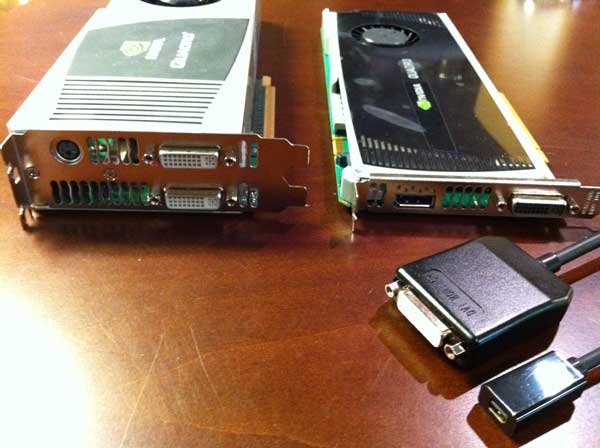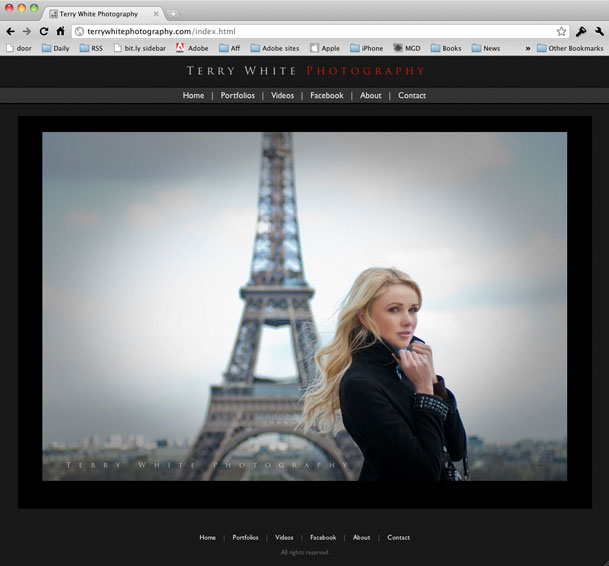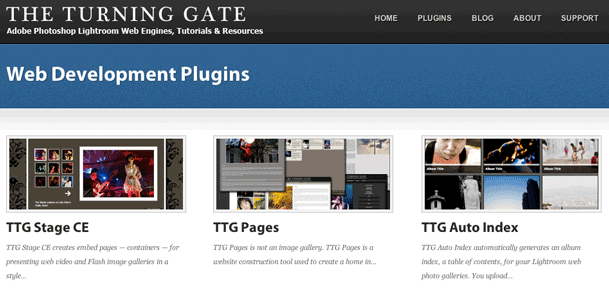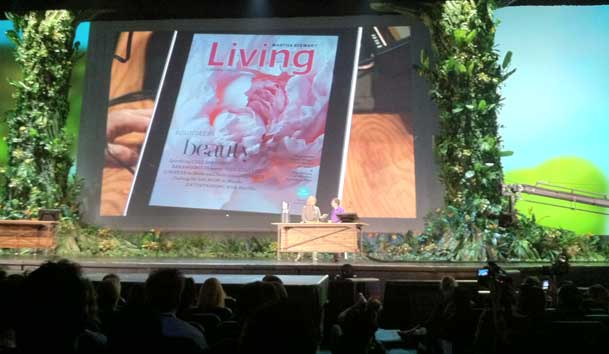
I never really used to pay much attention to graphics cards in the past. I figured that the stock video card would be more than enough for my needs. I'm not into hardcore gaming where I would need a high frame rate or rendering lots of 3D work. I've also never really had any complaints with the standard video cards that came with my systems in the past. However, this year when I upgraded my 4 year old Mac Pro to a new 12 Core Mac Pro system, I knew that I was going to replace the stock video card. With the introduction of Adobe Premiere Pro CS5 and the Mercury Playback Engine I knew that I would want a compatible video card to take advantage of it. With Mercury Playback Engine in Premiere Pro it has support for the Nvidia Card's CUDA chips and GPU acceleration. This means playing back multiple layers of HD video with effects in real-time without having to render first. Sign me up!
The New Nvidia Quadro 4000

Although I had a loaner Nvidia Quadro 4800 card (their older discontinued card) that worked fine in my new system, I was anxiously awaiting to see the next card they were working on for the Mac Pro. The New Quadro 4000 for Mac (yes it's for PC too) is better in just about every way over the older card. First off it only takes up one slot instead of two like the previous model and the stock ATI card that came with my Mac Pro. Secondly there is a built-in DVI port and a second port in which you can plug in either one of the two supplied dongles. One dongle gives you a Display Port for Apple's and other manufacturers newer displays and the other dongle provides a second DVI port to drive a second display.

Although I'm perfectly happy using this card to drive my existing 30" Cinema Display, it's nice to know that if I ever have to go to a new display with a Display Port connection, I'm all set. Installation was pretty easy. Install the Driver first! Then just open the case unplug the old card and plug in the new one. It did leave an "open" hole (the old card took up two PCI spots) in the back of the machine as Apple doesn't ship a spare cover. I was going to scrounge around my house looking for one (as I'm sure I have a few), but decided to stick an OWC USB 3.0 card in that slot instead.
This new card is not only slimmer, but also better on power consumption while providing a 30-40% speed improvement over the previous model in intensive graphics work and has more onboard RAM. Again my main concern was more around Video Editing than scientific computations. So my first question to Nvidia was "how much faster is it in Premere Pro CS5 over the previous model?" The answer was "about 10% faster." What this means to you is that if you have an existing Quadro 4800 card, there is very little reason to buy this one! However, if you're in the market for a NEW card to replace the stock ATI card then this is a great choice. It's less expensive than the previous model and like I said it's faster, uses less space and consumes less power. Full Specs Here.
Putting it to the test
People that do video editing know what it's like to have to render an effect or scene first to preview it before you can move on to the next edit. If you didn't have to render the scene/effect then your editing is going go much much faster. Although the built-in "Software" Mercury Engine in Premiere Pro CS5 works well on a fast system. Having a compatible Nvidia card with CUDA support simply blows away everything else out there on a desktop system!
I recorded this quick video to show the Mercury Playback Engine in action. Rather than do a typical screen recording using software, I wanted to show the real performance without the screen recording software processing in the background. So in this case I setup a video camera pointing at the screen to show the playback in real-time. Enjoy!
httpv://www.youtube.com/watch?v=foLxsL5RU6k
You can get the Nvidia Quadro 4000 for Mac here for $1,195 or here (thanks Brian Stone for this incredible find) for only $761.78!
You can get Adobe Premiere Pro CS5 here.
Download the 30 day trial here and play.
















